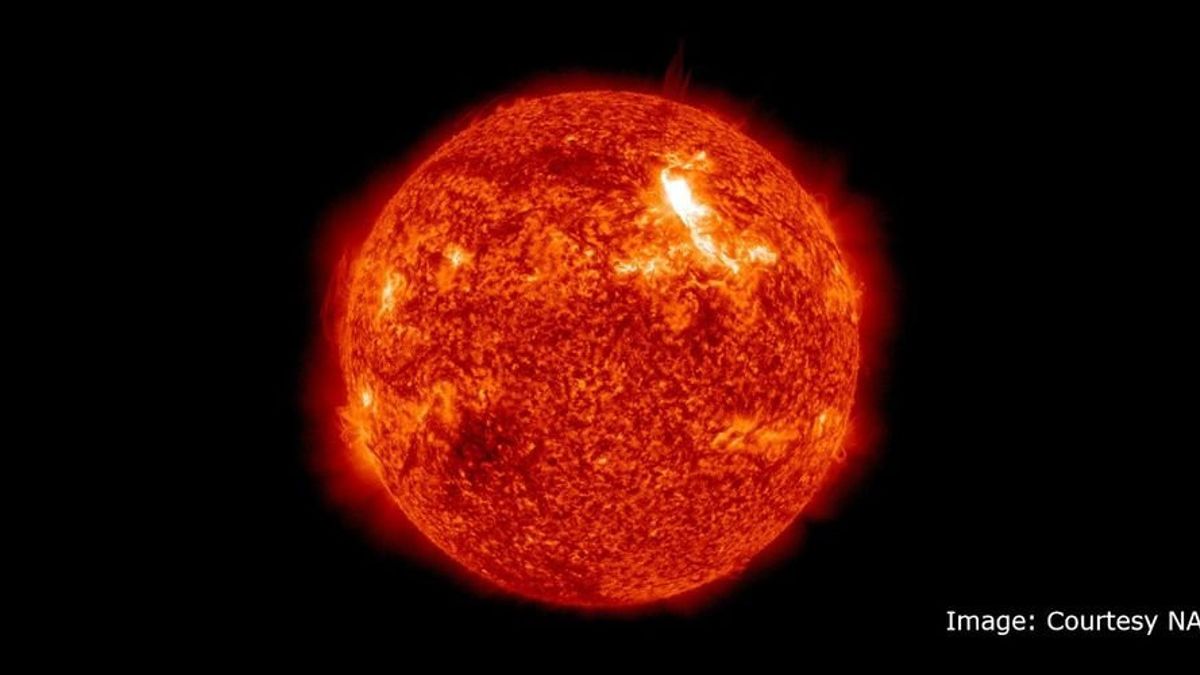JAKARTA - Severe solar storms, or 'cannibals' Coronal mass ejections (CME), can reportedly bring down satellites, damage power grids and destroy internet connectivity. Sunspots and other solar events are known to cause widespread power outages, but experts are now warning that they too could result in an "Internet apocalypse."
Solar outages are known to affect television broadcasts, stock market transactions, and mobile communications because they affect satellites in geostationary orbit. However, such events rarely have a severe impact on people in their daily lives.
A recent study detailed how solar phenomena could potentially disrupt global internet services. According to research, coronal mass ejections can cause long-term global internet blackouts that can last for days.
The highest impact is estimated to be near the Earth's magnetic poles. Meanwhile, Europe and North America are reported to be at greater risk from the event compared to Asia and Africa. Research also suggests that underwater cables connecting the world digitally will be the most affected, while local fiber optic infrastructure may be relatively unharmed.
While the scariest predictions about the CME's impact on the world's digital infrastructure have yet to come true, a new report now claims that a serial CME-induced geomagnetic storm hit Earth earlier this month.
According to Space.com, Earth was hit by a moderate-sized geomagnetic storm on November 3 and 4. More are expected in the coming months and years. Solar events such as the CME are reported to have a cyclical pattern, increasing in intensity every 11 years or so.
Over the past few years, there has been little recorded solar activity, but the situation is taking a turn for the worse, as more significant and more destructive solar storms are expected in the next few years that could affect power grids, mobile communications, and internet connectivity.
The task of tracking such storms rests with the Center for Outer Space Weather Prediction (SWPC), which is part of the National Oceanic and Atmospheric Administration (NOAA). According to Bill Murtagh, program coordinator at SWPC, the 'solar minimum' witnessed over the last few years is in the process of turning into a 'solar maximum' by 2025, and this month's storm is just a precursor to what is to come.
He also described the most recent solar event as a 'cannibal solar storm' in which a small storm is followed by a large CME that comes from behind and engulfs the storm ahead, or 'cannibals' to become bigger and more dangerous.
The strength of these storms depends on the size of the CME and how it aligns with Earth's magnetic field, but they are always bad news for satellites and other communications equipment on Earth and in geostationary orbit.
SWPC tries to minimize the damage by preparing relevant parties for the upcoming solar storm. Upon detecting solar activity, it alerts all power grid operators in the US and Canada to prepare themselves for any eventuality. According to Murtagh, small-scale storms may produce some voltage irregularities, but these are very manageable, and the likelihood of faults is small. However, large-scale CME cannibals can cause significant damage to power grids and internet connectivity, he said.
The English, Chinese, Japanese, Arabic, and French versions are automatically generated by the AI. So there may still be inaccuracies in translating, please always see Indonesian as our main language. (system supported by DigitalSiber.id)









